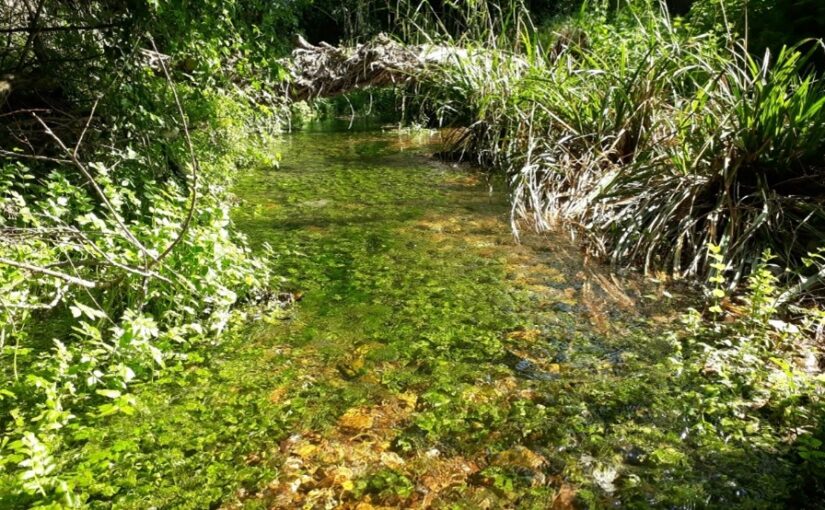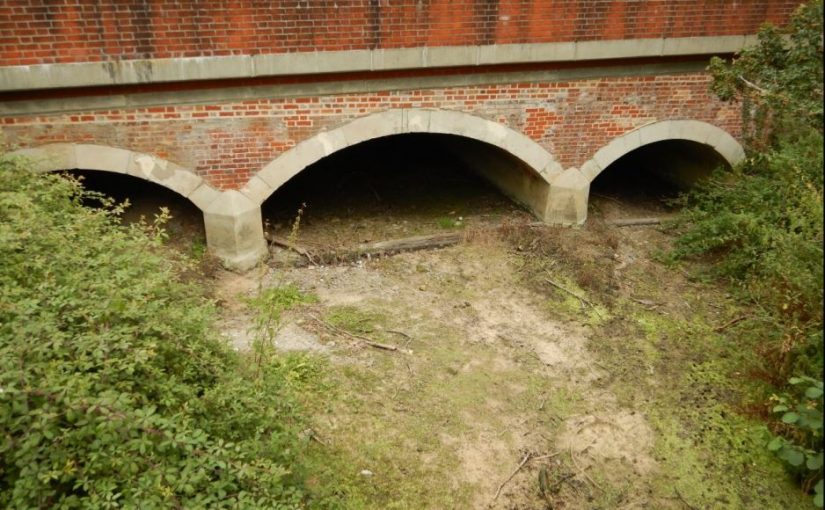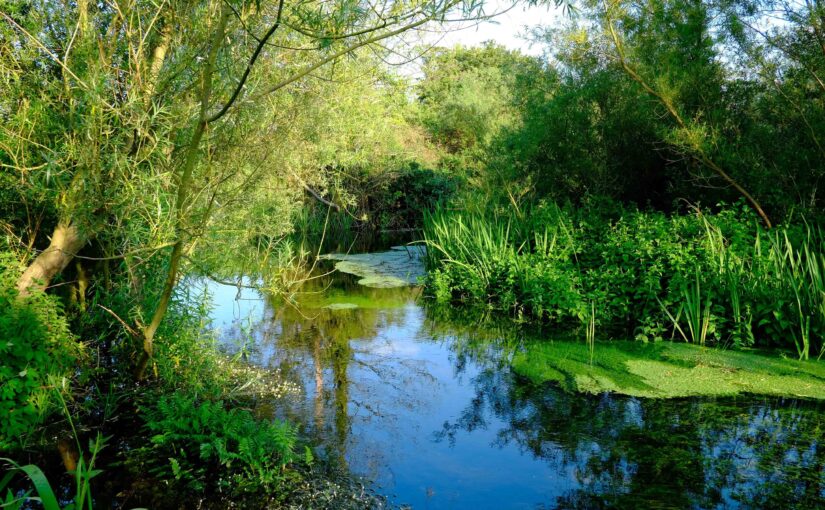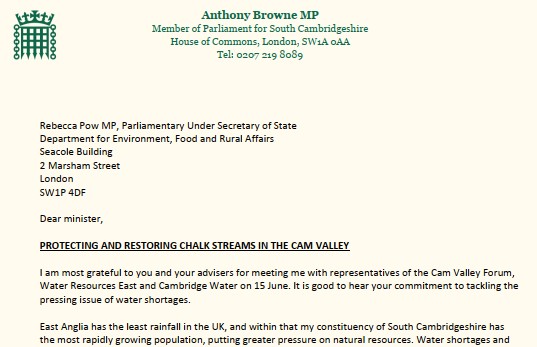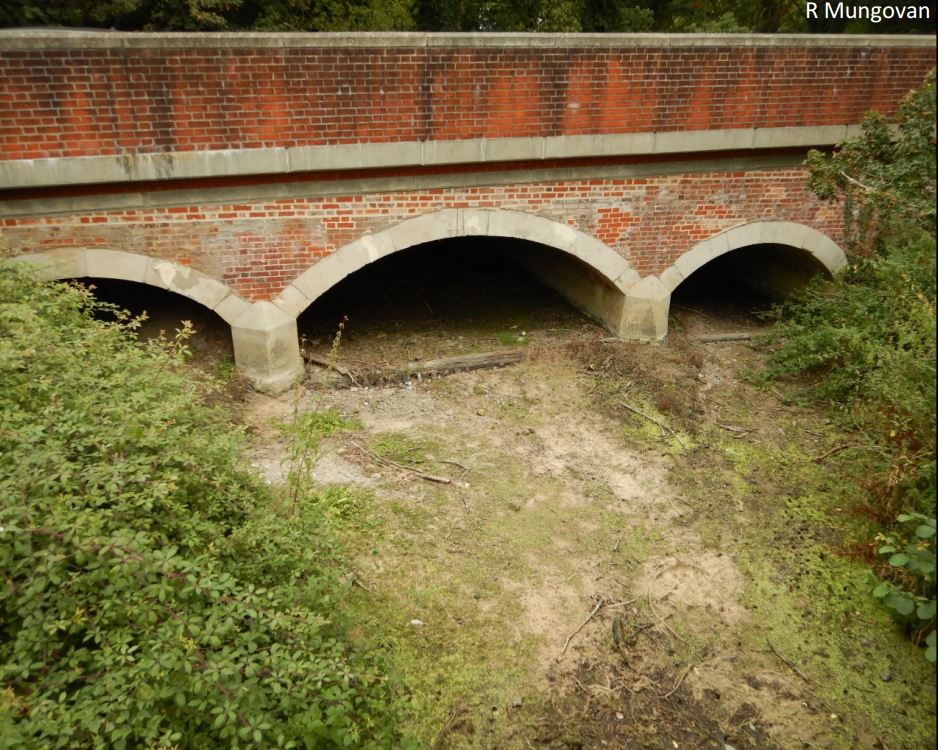How can we reduce our water use, to help save our chalk streams?
Many Cam Valley Forum members are concerned about the health of our Chalk streams, so monitor their water use carefully. Some are already achieving water use well below average, ranging from 50 to 80 litres per person per day. This compares to the current average use of around 150 litres per person per day, and the design target for new homes (specified in the draft Greater Cambridge Local Plan) of 80 litres per person per day.
To explore where the savings come from, some members have shared their water usage with us. We have compared a careful ‘Low Water Use Household’, using around 50 litres per person per day, with a ‘High Water use Household’ using around 180 litres per person per day.
We estimated how much water they were using for different purposes and compared the households, as shown in the chart below.
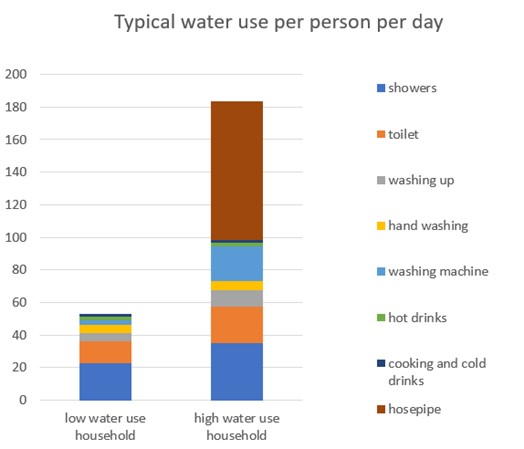
Both households are 2 retired people living in homes with a garden. Other households may have different water usage patterns of course, for example if they have young children, or do a lot of mucky activities, or they’re out at work a lot of the time. Nevertheless the comparison is revealing.
Although the water efficiency of appliances affects water use, and their installation should be encouraged, the choices each household makes about how it uses water are often more important.
These choices, in order of importance are:
- hosepipes,
- showers and baths,
- the washing machine,
- toilets.
We looked at why the 2 households were using such different amounts of water for each of those key activities.
The Hosepipe. This is the most important differentiator, using about 170 litres in 10 minutes. This is why, even in summer the careful Low Water Use Household will very seldom use the hosepipe, typically instead collecting rainwater and water from the washing up (they do not use a dishwasher). This is then used for cleaning or to water the garden, as shown in this short video
In contrast the High Water Use Household typically uses a hosepipe for 10 minutes a day in summer. Even in this short period the hosepipe nearly doubles the household’s water consumption, using more in 10 minutes than the Low Water Use Household uses all day.
Showers and baths are typically the second biggest differentiator between low and high water users. A modern water efficient shower head typically uses around 7 l/min. The two person Low Water Use Household shown in the graph takes 2 short showers per day, together totalling 5 minutes. They seldom take baths, which use a lot more water than a shower.
In the High Water Use Household the showers are estimated to take twice as long, at a total of 10 minutes a day for the 2 people. This consumes three quarters of the water that the Low Water Use Household uses for all purposes. If the High Water Use Household had a power shower or took regular baths (which can easily use 80l per use) their water use would be even higher.
The washing machine. A typical modern, water efficient, washing machine uses around 43 l/load. The Low Water Use Household tries only to use the washing machine “when needed” which results in typically running one load per week.
In the High Water Use Household, clothes are washed more or less every time they’re worn, resulting in the washing machine being used daily. As the graph shows this consumes half the water that the Low Water Use Household uses for all purposes in a day.
Toilets are the 4th most important differentiator. While each flush of a modern low flow toilet uses around 4.5 l / flush (a tenth of the water that an old fashioned one uses) households make very different choices about how often they flush. Typically, the Low Water Use Household only flushes “when needed” adopting the principle “if its yellow, let it mellow, if its brown, flush it down” flushing around 6 times a day.
The High Water Use Household also has a modern low flush toilet, but flushes every time, estimated at around 10 times a day. This simple choice means they flush away nearly half the water that the Low Water Use Household uses for all purposes. Their water use would of course be much worse if they were also using an old fashioned toilet with a big cistern, which could use as much as 30l per flush.
As this shows, although owning water efficient appliances helps us reduce consumption, our personal choices usually make a much bigger difference. Those using less than 80 litres per person per day can probably feel that they’re doing their bit to help save the Chalk streams.
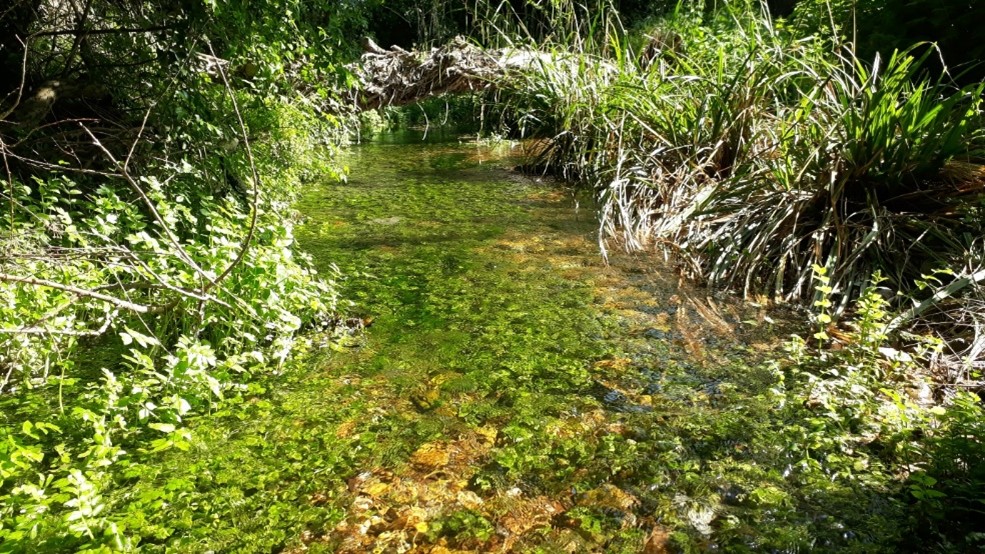
Photo: Wild Trout Trust, Hoffer’s Brook Chalk Stream
However, it’s not sufficient to rely on the good will of a minority to help save our Chalk streams. This is why Cam Valley Forum is calling for Cambridge Water to introduce hosepipe bans (a.k.a Temporary Use Bans) every summer.
A senior Environment Agency manager has told us they are “surprised and disappointed” that Cambridge Water has not already introduced these.
If you’re not sure how to track your water usage, read this short article

